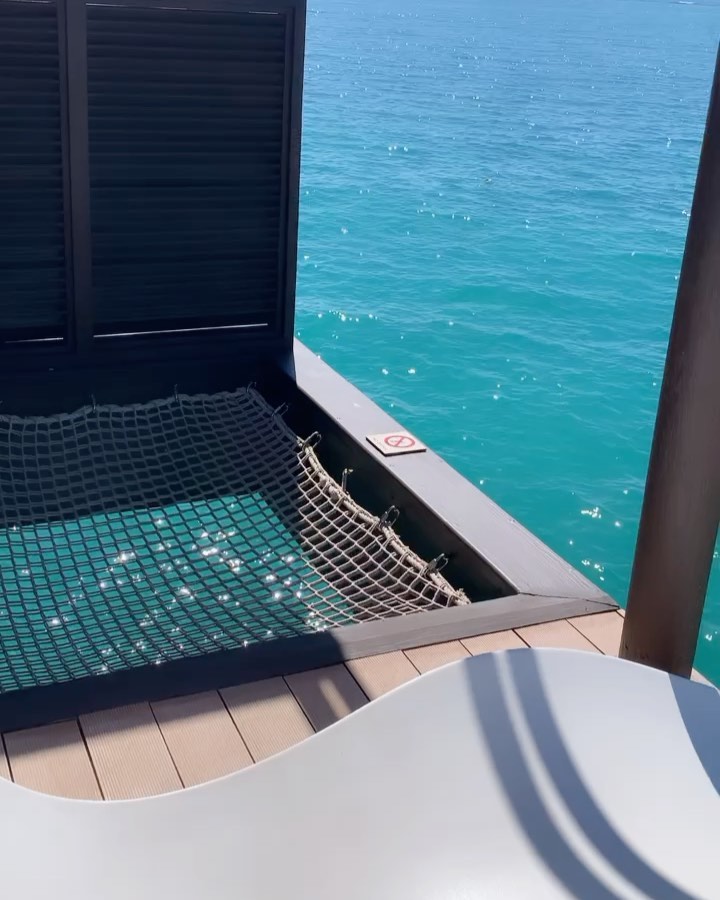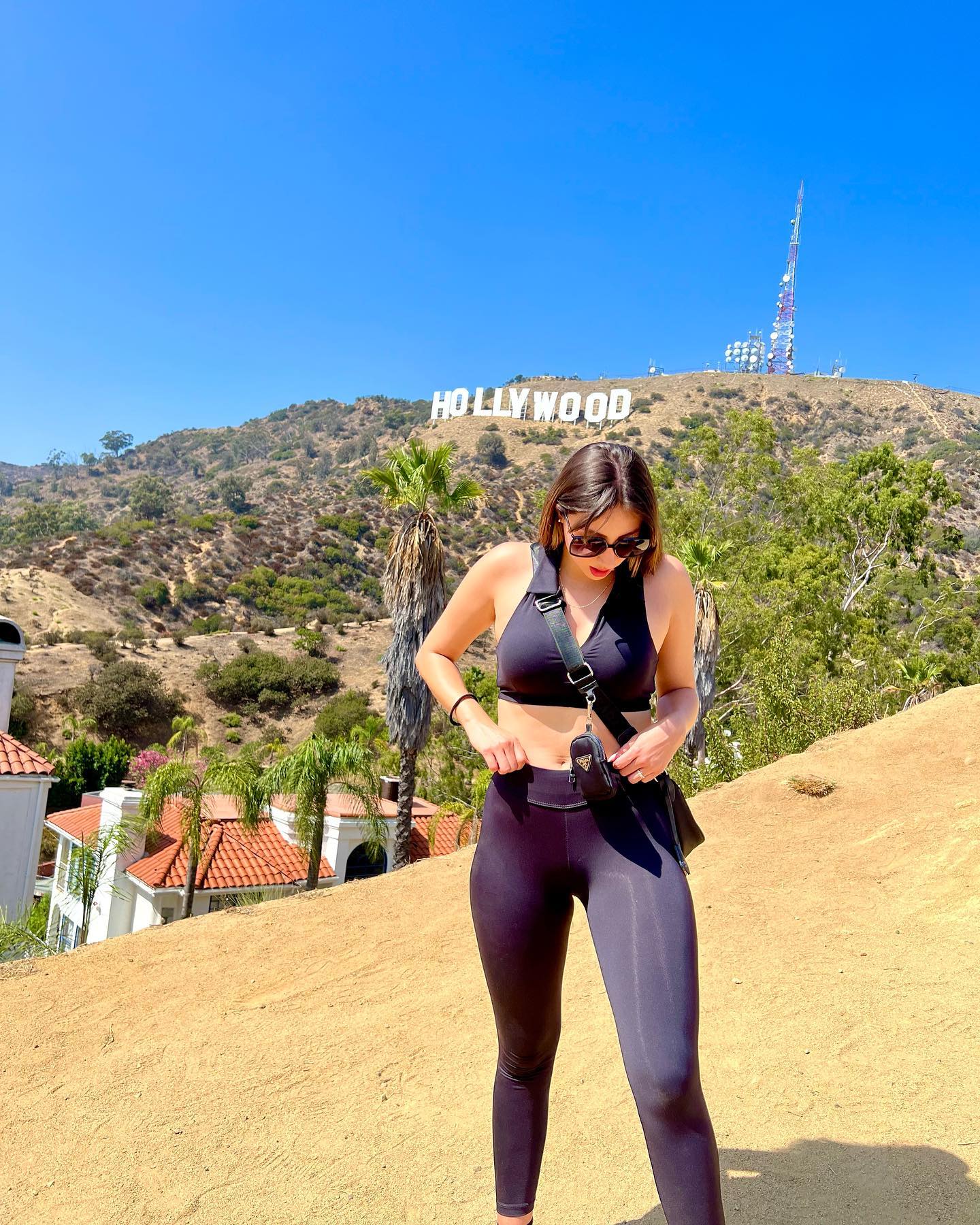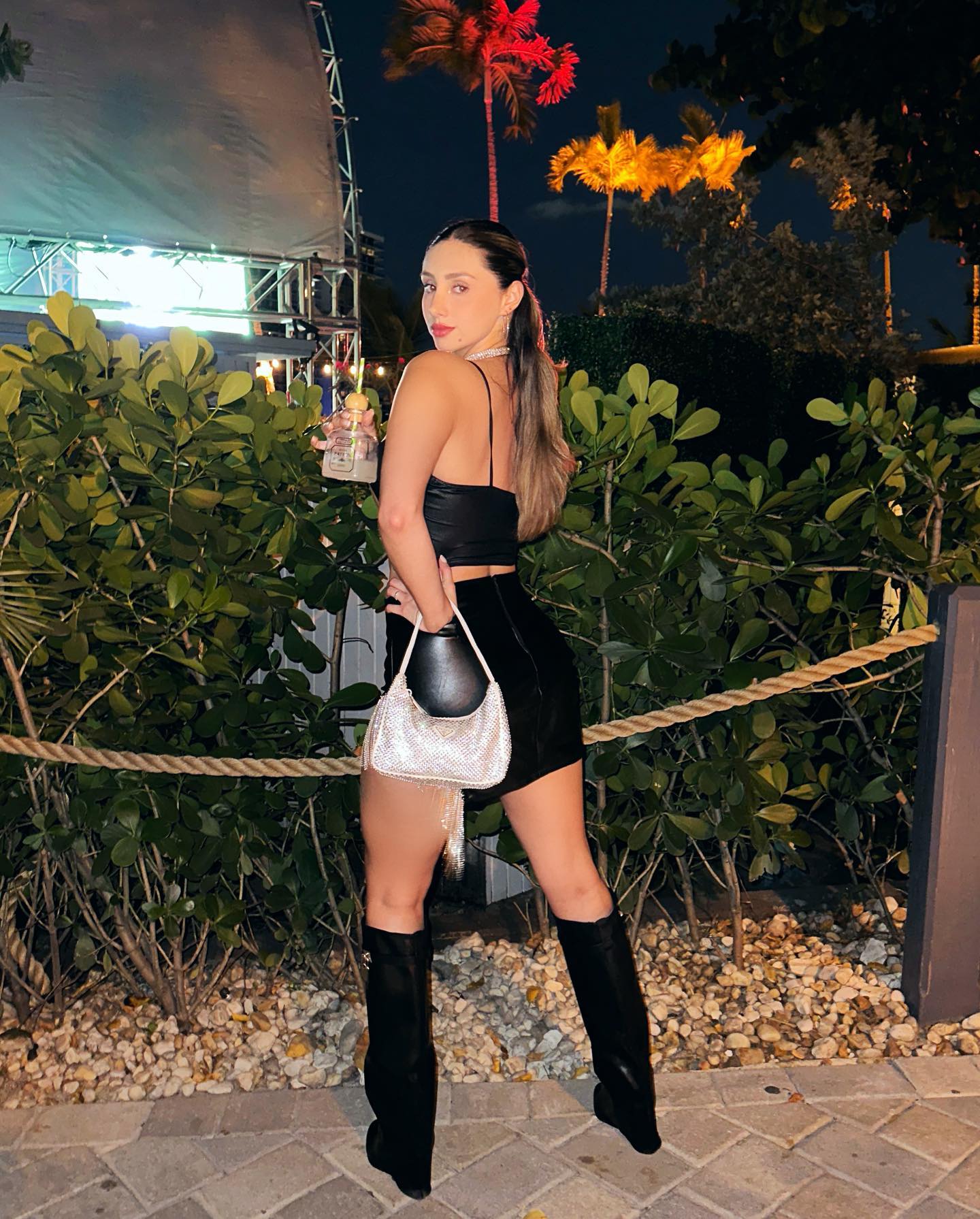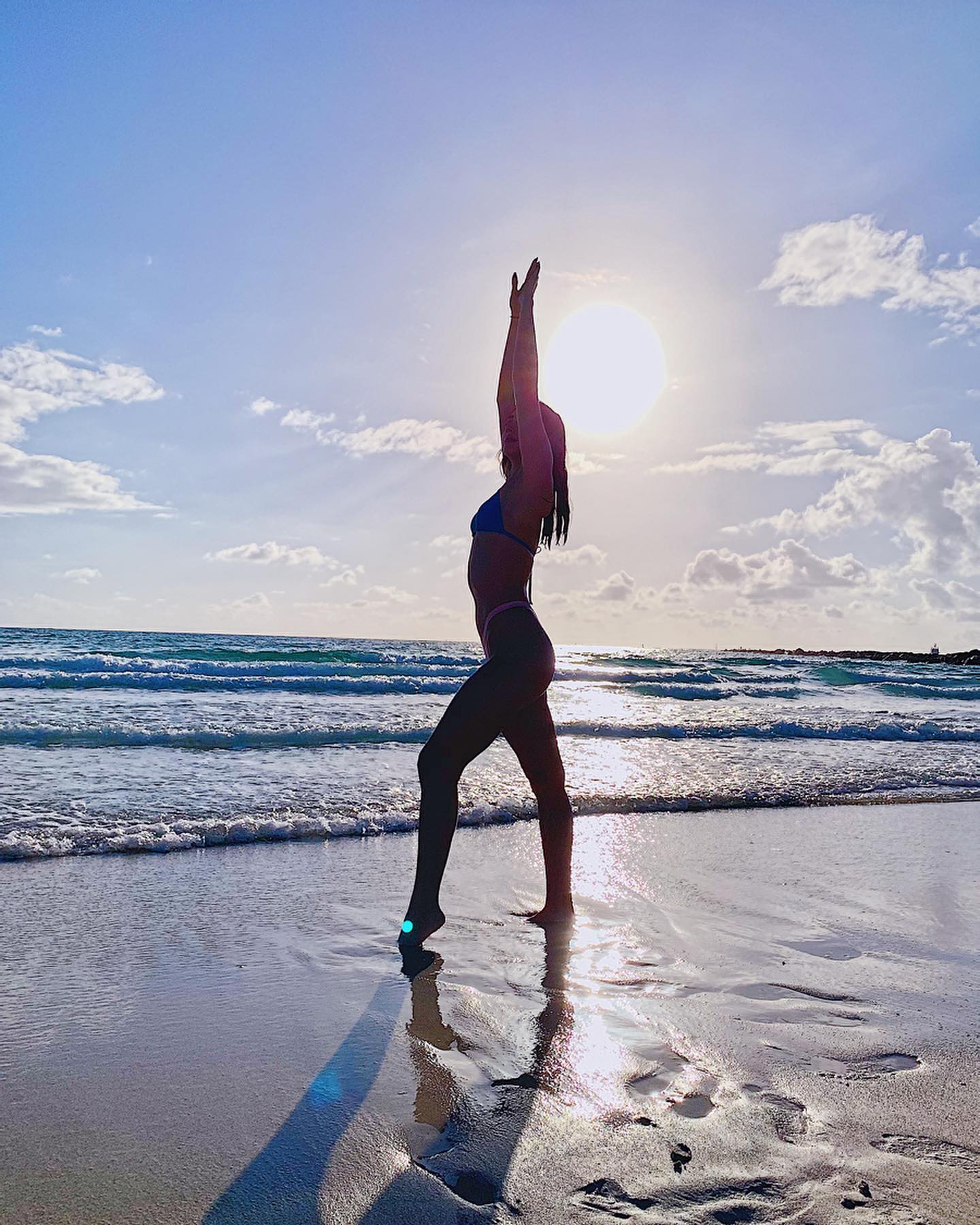Silvana Segura: The Resilient Champion of Peruvian Triple Jump
Silvana Segura stands as one of Peru’s most accomplished track and field athletes, embodying the spirit of perseverance through her remarkable journey in triple jump competition. Born on November 6, 1990, Segura has established herself as the national record holder in triple jump with a mark of 13.63 meters, while simultaneously pursuing academic excellence as an Industrial Engineer5614. Her career has been marked by significant international achievements, a devastating injury that nearly ended her athletic pursuits, and an inspiring comeback that demonstrates the resilience required at the highest levels of athletic competition. Through various South American championships, Bolivarian Games, and Pan American competitions, Segura has consistently represented Peru with distinction, earning multiple medals and setting new standards for future generations of Peruvian athletes.
Early Life and Introduction to Athletics
Silvana Segura’s journey into athletics began at a remarkably young age through the encouragement of her sports-oriented family. Her parents, particularly her father who enjoyed running and playing soccer, recognized her natural speed during elementary school Olympics competitions14. This early observation led to her enrollment in the Peruvian Athletics Federation academy at the age of seven, where coincidentally, one of the coaches also served as her school’s athletics team coach19.
The foundation of Segura’s athletic career was built through diverse exposure to multiple track and field disciplines, as is common practice for young athletes. During her formative years, she participated in various events including distance running, hurdles, high jump, and long jump before eventually finding her calling in triple jump19. This comprehensive approach allowed her coaches to identify her specific strengths and optimal event specialization. At the age of fourteen, her first coach recognized her exceptional aptitude for triple jump, setting the stage for what would become a distinguished career in this technically demanding discipline19.
The early development phase of Segura’s career was characterized by systematic progression through Peru’s youth athletics system. Her participation in school-level competitions provided crucial competitive experience, while her training at the federation academy ensured proper technical development under qualified coaching supervision14. This dual approach of competitive exposure and technical refinement established the foundation for her future success at national and international levels.
Athletic Career Development and Coaching Partnership
A pivotal moment in Segura’s athletic development occurred when she transitioned to training under coach Fernando Valiente, with whom she has maintained a partnership spanning over eleven years19. This long-term coaching relationship has been instrumental in her technical development and competitive success, providing the stability and expertise necessary for elite-level performance in triple jump.
Under Valiente’s guidance, Segura’s training regimen evolved to accommodate the specific demands of triple jump competition. The sport requires a unique combination of speed, strength, coordination, and technical precision, demanding comprehensive preparation that extends beyond the track14. Her training schedule typically involves daily sessions from Monday through Sunday, with periodized cycles designed to peak for major competitions19.
The athlete’s approach to preparation reflects the multidisciplinary nature of modern elite athletics. Segura emphasizes the importance of working with a complete support team including psychologists, nutritionists, physiotherapists, and medical professionals14. This holistic approach recognizes that athletic performance depends not only on physical preparation but also on mental readiness, proper nutrition, injury prevention, and recovery strategies.
Segura’s early international exposure came in 2012 when she competed at the U23 South American Championships in São Paulo, earning a bronze medal in triple jump with a mark of 13.13 meters15. This achievement demonstrated her potential for international competition and established her as an emerging talent in South American athletics. Her performance placed her behind experienced competitors from Colombia and Venezuela, providing valuable insight into the level required for continental success.
Major Achievements and International Competition Record
Throughout her career, Segura has consistently performed at the highest levels of South American and Bolivarian competition, earning multiple medals and setting new standards for Peruvian athletics. Her competitive record demonstrates remarkable consistency and gradual improvement over more than a decade of international competition.
In 2013, Segura competed at the South American Championships in Cartagena, where she placed seventh in triple jump with 12.71 meters and tenth in long jump with 5.67 meters15. Later that year, she achieved a significant breakthrough at the Bolivarian Games in Trujillo, winning the silver medal in triple jump with a mark of 13.46 meters, finishing behind Colombia’s Yosiris Urrutia15. This performance established her as a medal contender in regional competition and validated her potential for continued improvement.
The 2014 season brought further international success at the South American Games in Santiago de Chile, where Segura earned a bronze medal in triple jump with 13.07 meters, competing against strong Brazilian representation including Keila Costa and Gisele de Oliveira15. She also demonstrated her versatility by placing sixth in long jump with 5.68 meters, showcasing her abilities across multiple jumping disciplines15.
A defining moment in Segura’s career came in 2018 at the South American Games in Cochabamba, Bolivia, where she achieved her personal best and current national record of 13.56 meters while winning the silver medal715. This performance came after a nearly two-year absence from competition due to injury, making it even more remarkable. The achievement occurred at altitude in Cochabamba, and Segura herself described being within six centimeters of the national record as “an inexplicable emotion”10.
The success in Cochabamba was followed by continued strong performances, including a bronze medal at the Ibero-American Championships in Trujillo with 13.46 meters15. In 2019, she represented Peru at the Pan American Games in Lima, competing on home soil in front of supportive crowds815. While she didn’t achieve a medal at the Pan American level, her participation represented the pinnacle of regional competition and demonstrated Peru’s confidence in her abilities.
More recently, Segura continued her medal-winning ways at the 2022 Bolivarian Games in Valledupar, where she earned a bronze medal in triple jump with 12.75 meters1117. Notably, this medal was initially in question due to scoring errors but was correctly awarded after official review, highlighting the competitive nature of regional athletics and the importance of accurate officiating11.
The Injury Crisis and Remarkable Recovery
Perhaps the most defining chapter of Segura’s career occurred in 2015 when she suffered a devastating rupture of her Achilles tendon during training714. This injury is considered among the most serious that can befall a jumping athlete, as the Achilles tendon is crucial for the explosive power required in triple jump competition. The injury forced her into an extended rehabilitation period that lasted nearly two years, during which many observers questioned whether she would return to competitive athletics7.
The psychological and physical challenges of recovering from such a significant injury cannot be understated. Segura candidly acknowledged that many medical professionals advised her to focus on her academic pursuits rather than attempting a comeback7. However, the support system provided by her family, coaching staff, and the Peruvian Institute of Sport (IPD) proved crucial in maintaining her motivation and providing the resources necessary for a complete recovery7.
During her rehabilitation period, Segura made the strategic decision to focus on completing her Industrial Engineering degree at the University of Lima14. This academic achievement provided both a practical fallback option and a sense of accomplishment during a period when athletic success was impossible. The discipline required for engineering studies also complemented the systematic approach needed for injury rehabilitation and eventual return to competition.
The comeback process was gradual and carefully managed to prevent re-injury. When Segura returned to competition in 2017, her performance level initially reflected the extended absence from training and competition15. However, her determination and systematic approach to rebuilding her athletic capacity ultimately led to the record-setting performance in Cochabamba just one year later, demonstrating the effectiveness of patient, progressive training methods.
Academic Excellence and Professional Development
Beyond her athletic achievements, Segura has distinguished herself academically through her completion of an Industrial Engineering degree at the University of Lima14. This educational accomplishment reflects her commitment to developing skills and knowledge that extend beyond athletics, providing career options for life after competitive sport.
The challenge of balancing elite athletic training with rigorous academic demands required exceptional time management and organizational skills. Segura’s success in both arenas demonstrates the intellectual capacity and discipline that characterize successful elite athletes14. Her engineering background has likely contributed to her analytical approach to training and competition, bringing technical problem-solving skills to athletic preparation.
The University of Lima has recognized Segura as an example of perseverance, highlighting her story as inspiration for current students facing their own challenges14. Her ability to maintain academic progress even during injury rehabilitation shows remarkable resilience and forward-thinking that serves as a model for student-athletes across disciplines.
Currently, Segura has transitioned into professional work responsibilities while maintaining her athletic career, reflecting the realities faced by many athletes who must balance sporting ambitions with financial stability18. This dual focus requires careful time management and prioritization, but also provides long-term security and career development opportunities beyond competitive athletics.
Recent Competition and Current Status
Following her record-setting comeback, Segura has continued to compete at national and international levels while managing the ongoing demands of post-injury career maintenance. Recent interviews reveal her measured approach to competition scheduling, prioritizing long-term health over short-term competitive opportunities418.
In 2024, Segura returned to competition at the National Athletics Championships, winning gold in triple jump despite acknowledging ongoing challenges with knee issues in both legs418. Her cautious approach reflects lessons learned from previous injury experiences and demonstrates mature athlete decision-making that prioritizes career longevity over immediate results.
During recent interviews, Segura has been candid about the physical demands of triple jump and the ongoing management required to compete safely18. She describes feeling “nervous” before competitions after extended breaks, acknowledging that even experienced athletes experience pre-competition anxiety when returning from injury or extended absence18. This honesty provides insight into the mental aspects of elite competition that are often overlooked by casual observers.
Segura’s current goals include a measured return to peak performance levels, with aspirations to reclaim her national record mark of 13.63 meters and potentially improve upon it20. However, she maintains realistic expectations about qualification standards for major international competitions, noting that current Ibero-American Championship qualifying standards are set at 13.50 meters, requiring significant improvement from her recent competitive marks18.
Legacy and Impact on Peruvian Athletics
Silvana Segura’s career represents more than individual achievement; it embodies the potential for Peruvian athletics to compete successfully at international levels through systematic development, professional support, and athlete determination. Her national record of 13.63 meters established in 2022 stands as a benchmark for future generations of Peruvian triple jumpers6.
The IPD’s support of Segura through their PAD (Programa de Apoyo al Deportista) program demonstrates the effectiveness of systematic athlete development and support systems10. Her success validates investment in individual athletes and provides a model for supporting other emerging talents across various disciplines.
Segura’s openness about injury challenges and recovery processes provides valuable insights for other athletes facing similar situations. Her emphasis on working with multidisciplinary support teams highlights the complexity of modern elite athletics and the importance of comprehensive athlete care14.
Conclusion
Silvana Segura’s biography illustrates the complex journey of elite athletic achievement, encompassing early talent identification, systematic development, international success, devastating setback, and remarkable recovery. Her current national record of 13.63 meters in triple jump represents not only personal achievement but also a new standard for Peruvian athletics6. Through her academic accomplishments in Industrial Engineering and professional work responsibilities, she demonstrates the possibility of maintaining elite athletic performance while developing alternative career paths14.
The resilience demonstrated throughout her injury and recovery period serves as inspiration for athletes across all disciplines facing similar challenges. Her measured approach to current competition, prioritizing long-term health while maintaining competitive ambitions, reflects mature athlete development and decision-making that extends beyond immediate results18. As she continues to compete and potentially mentor future athletes, Segura’s legacy encompasses both her record-setting performances and her example of perseverance through adversity, establishing her as a significant figure in Peruvian sports history and a role model for aspiring athletes facing their own challenges in pursuit of excellence.
Go Silvana!



























































































































